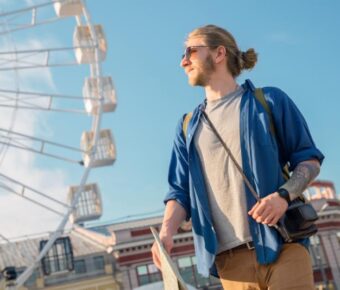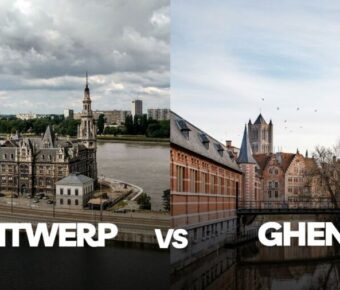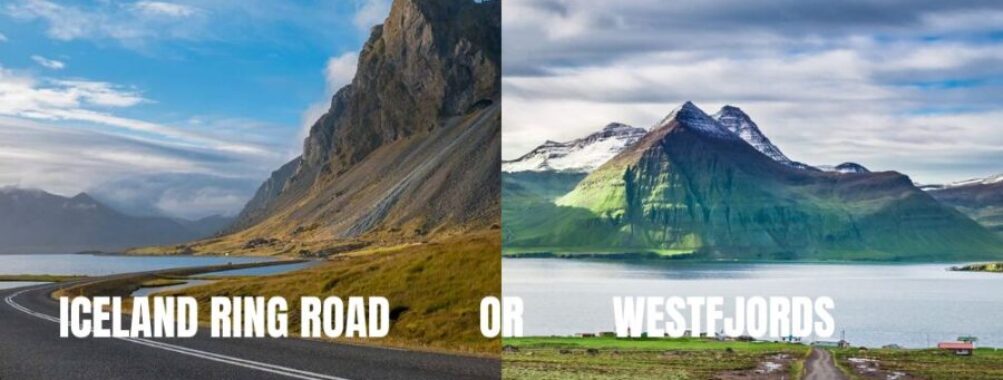
Iceland Ring Road vs Westfjords: 5 Stunning Differences Every Traveler Should Know Before Booking
When you’re planning a trip to Iceland, the classic question pops up: do you stick to the famous Ring Road, or make the trek out to the wild Westfjords?
If it’s your first time and you’ve got about a week, the Ring Road usually makes more sense—it’s the best crash course in Iceland’s wild variety. The Westfjords, though, need more time and honestly feel better suited for a return visit.
The Ring Road (Route 1) loops around the entire island, giving you a front-row seat to many of Iceland’s headliners. In just 7-10 days, you can chase waterfalls, walk black sand beaches, cruise past glacier lagoons, and even wander volcanic fields.
It’s a friendly route for tourists, with plenty of places to stay and grab supplies—no need to rough it unless you want to.
The Westfjords, though, are a different beast. Hardly anyone goes there, and that’s kind of the point. It’s remote, rugged, and jaw-droppingly beautiful, but it sits way off the main loop.
To do the Westfjords justice, you’ll want 5-6 days just for that region. Squeezing both the Ring Road and Westfjords into one trip? Only makes sense if you’ve got at least 12 days to spare.
Contents
- Overview of the Iceland Ring Road
- Key Features of Route 1
- Major Attractions and Landmarks
- Typical Itinerary Highlights
- Exploring the Westfjords
- Unique Natural Wonders of the Region
- Activities and Hidden Gems
- Less-Traveled Routes and Accessibility
- Comparing Scenic Landscapes and Nature
- Waterfalls, Cliffs, and Black Sand Beaches
- Glaciers, Volcanoes, and Geothermal Features
- Wildlife and Outdoor Adventures
- Whale Watching and Birdlife
- Hiking, Kayaking, and More
- Weather, Accessibility, and Travel Seasons
- Best Times to Travel Each Region
- Road Conditions and Transportation Tips
- Accommodation and Dining Options
- Hotels, Guesthouses, and Unique Stays
- Local Cuisine and Restaurants
- Photography and Visual Inspiration
- Iconic Views and Panoramic Spots
- Frequently Asked Questions
- What are the main differences between traveling the Iceland Ring Road and exploring the Westfjords?
- Can I access all the key attractions in the Westfjords without a 4×4 vehicle?
- How much time should I allocate to sufficiently enjoy the Westfjords in comparison to the Ring Road?
- What are the unique sights and experiences exclusive to the Westfjords not found along the Ring Road?
- More Travel Guides
Overview of the Iceland Ring Road
Iceland’s Ring Road—Route 1—wraps a 1,332-kilometer (828-mile) circle around the country, linking up a wild lineup of natural wonders. It’s a tidy, reliable route that takes the guesswork out of exploring.
Key Features of Route 1
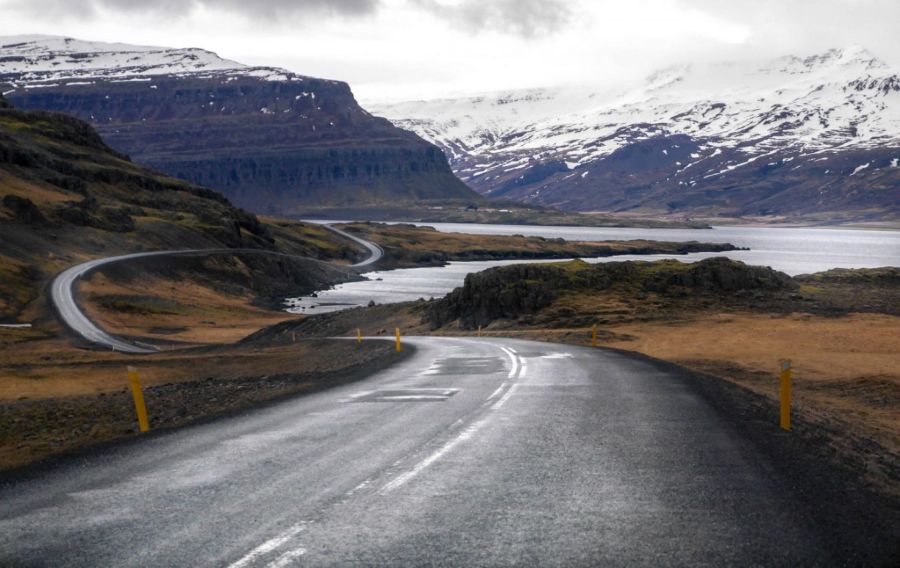
The Ring Road’s a two-lane highway, well-kept for the most part, and it hugs Iceland’s coast for much of the journey. You’ll pass everything from steaming volcanic fields to icy mountain passes and sprawling coastal plains.
Most of it’s paved, though after a rough winter, don’t be shocked to hit a gravel patch or two. The road stays open all year, but winter (October to April) can get hairy—think snow, ice, and barely any daylight.
Rental cars handle the Ring Road just fine, though grabbing a 4WD gives you more freedom to wander off course. Gas stations show up regularly, but in the middle of nowhere, they might be 100-200 km apart—so don’t let your tank dip too low.
Speed limits hover between 50-90 km/h, but let’s be real, the weather often decides how fast you should go. Technically, you could drive the whole loop in a day, but most folks take 7-10 days to actually see stuff.
Major Attractions and Landmarks
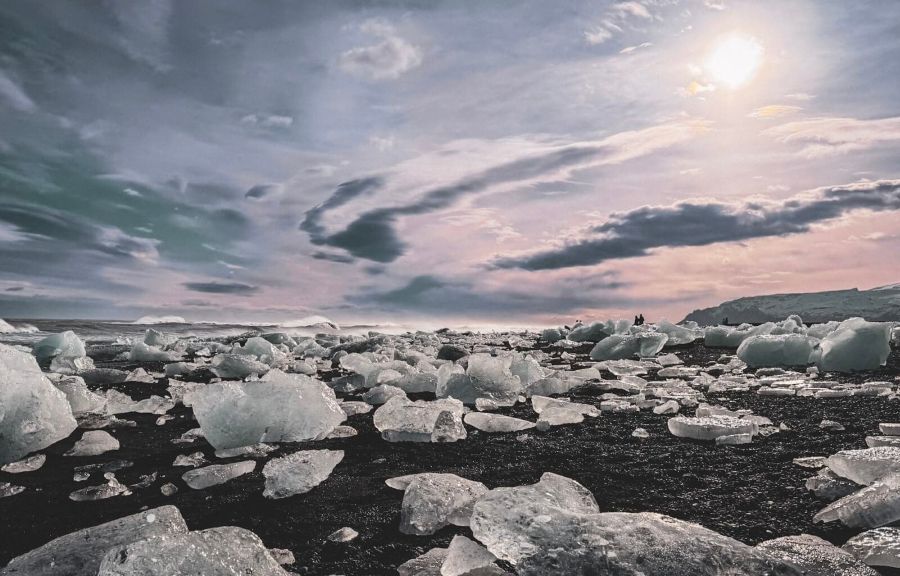
The South Coast brings out the big guns—Seljalandsfoss and Skógafoss waterfalls, plus the moody black sands at Vík. Jökulsárlón Glacier Lagoon and Diamond Beach are unreal, especially when blue icebergs wash up on shore.
East Iceland feels quieter, dotted with fishing villages and fjords where you can escape the crowds. Up north, Lake Mývatn bubbles with volcanic oddities, Dettifoss thunders as Europe’s most powerful waterfall, and Húsavík tempts whale watchers.
West Iceland serves up the Snæfellsnes Peninsula—sometimes called “Iceland in miniature”—with the photogenic Kirkjufell mountain. Near Reykjavík, the Golden Circle packs in Þingvellir National Park, Geysir, and Gullfoss waterfall.
On the way, you’ll stumble across hot springs, volcanic craters, and maybe spot Arctic foxes, reindeer, or even some quirky seabirds.
Typical Itinerary Highlights
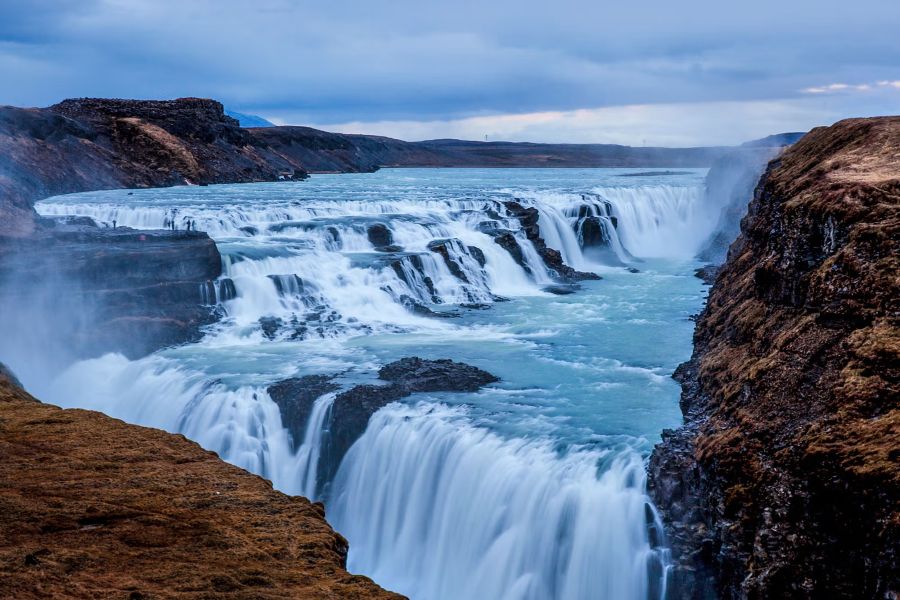
Most people start and end their Ring Road loop in Reykjavík, heading either clockwise or counterclockwise. If you try to squeeze it into 7 days, you’ll hit the highlights but it’ll feel like a sprint. With 10-14 days, you can slow down and actually breathe.
Usually, days 1-2 cover the Golden Circle and South Coast. Then you might spend days 3-4 around the glacier lagoon and East Fjords, and days 5-6 up north chasing geothermal spots and waterfalls.
Snæfellsnes Peninsula often gets slotted in around days 7-8, before heading back to Reykjavík. If you’re lucky enough to have extra days, you can detour into the highlands (only in summer) or add more hiking time in the national parks.
Accommodations run the gamut from campgrounds to cozy guesthouses and hotels. In summer (June-August), book early or risk sleeping in your car. Food’s pricey, but the seafood, lamb, and local skyr yogurt? Worth a try.
May through September is prime time for the Ring Road—clear roads and endless daylight. June and July give you midnight sun, while September brings a shot at seeing the Northern Lights.
Exploring the Westfjords
The Westfjords are a whole different chapter in the Iceland story. This remote peninsula serves up wild scenery, barely any tourists, and a slice of Icelandic culture most visitors miss.
Unique Natural Wonders of the Region
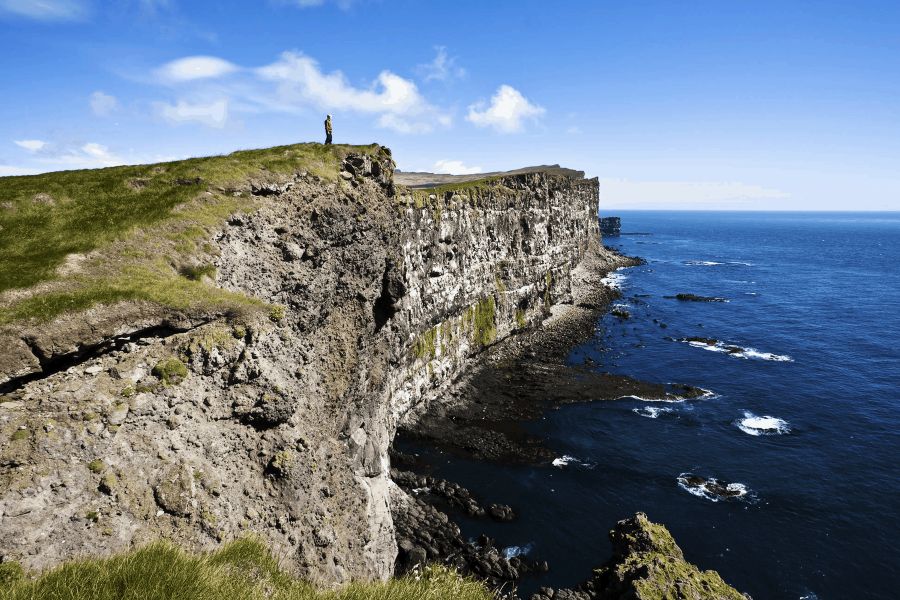
Látrabjarg cliffs—Europe’s largest bird cliff and Iceland’s westernmost point—tower 440 meters over the sea. In summer, you can get almost face-to-face with millions of birds, including those ridiculously cute puffins.
Rauðasandur’s red sand beach is nothing like the usual black volcanic stretches. On the right day, the sand glows copper-red against the blue sea. It’s almost surreal.
Dynjandi waterfall (locals call it Fjallfoss) is the Westfjords’ showstopper. Unlike the packed falls along the Ring Road, you might have this seven-tiered cascade all to yourself. The way it widens as it drops makes for epic photos—trust me.
Activities and Hidden Gems
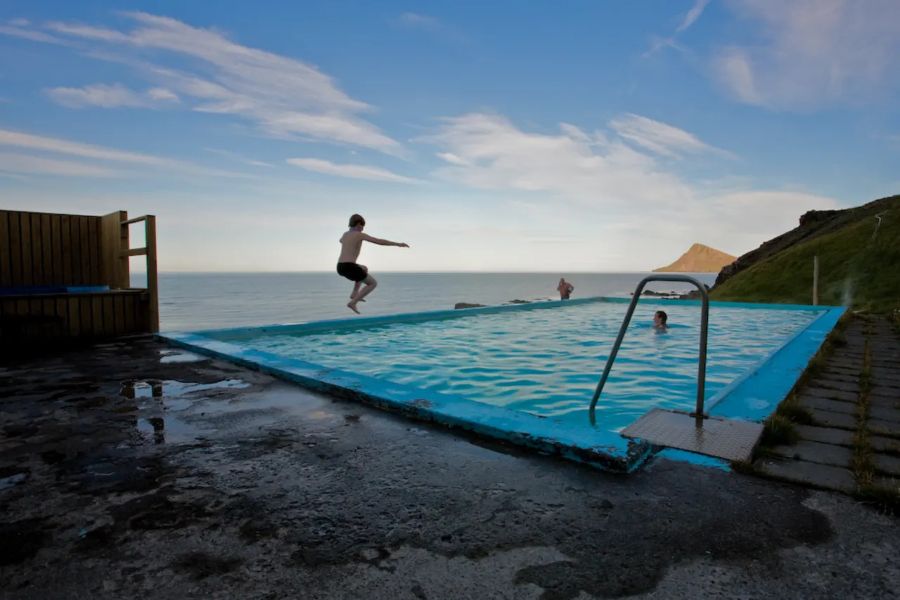
From Hólmavík, you can hop on a whale watching tour and spot humpbacks or minke whales in the wild. The marine life here is crazy diverse, thanks to the nutrient-rich waters.
The Museum of Icelandic Sorcery and Witchcraft in Hólmavík is… well, weird and fascinating. Ever seen “necropants” made from human skin? Neither had I, until this place.
Natural hot pools dot the region—Drangsnes has three oceanside hot pots perfect for seal-watching while you soak. Krossneslaug pool sits right on the Arctic Ocean with views that’ll make you want to stay forever.
Kayaking through the fjords feels like a secret adventure. You can paddle into sea caves and spot wildlife up close, and there are guided tours even if you’re a total beginner.
Less-Traveled Routes and Accessibility
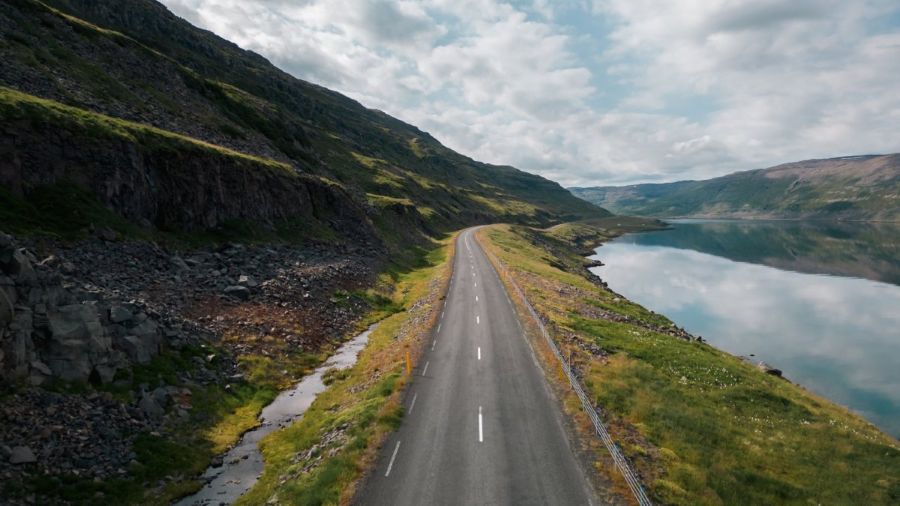
Route 60, the main drag through the Westfjords, is paved, but once you veer off, expect gravel and a few bumpy rides. A 4WD is almost a must if you plan to wander beyond the main road.
Weather flips fast out here. In winter, some mountain passes shut down completely. Summer (June-August) is your best bet for passable roads and longer days.
The region’s remoteness is its secret sauce. You’ll dodge the tourist masses and get real conversations with locals. Fishing villages like Patreksfjörður and Ísafjörður serve up warm beds and surprisingly killer seafood.
A Westfjords road trip usually takes 3-5 days if you want to actually see things. The new Vestfjarðaleiðin (Westfjords Way) is a 950km loop that connects all the highlights and takes you through scenes most travelers never lay eyes on.
Comparing Scenic Landscapes and Nature
Iceland’s landscapes flip dramatically depending on where you go. The Ring Road shows off Iceland’s younger, more volcanic side, while the Westfjords bring out older, weathered mountains and some of the most dramatic coastlines you’ll ever see.
Waterfalls, Cliffs, and Black Sand Beaches
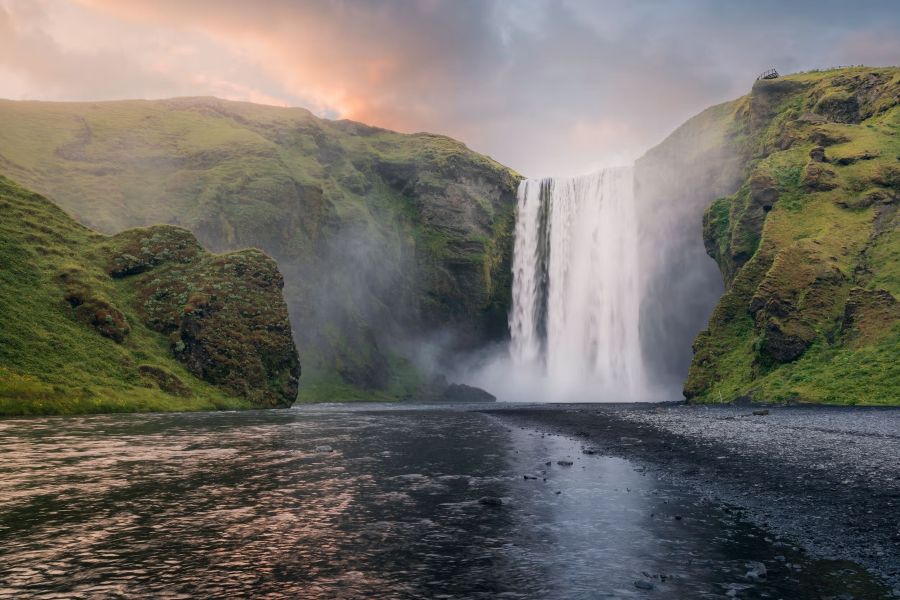
The Ring Road is waterfall central—Skógafoss lets you walk right up to the roaring water. The southern coast’s black sand beaches, like Reynisfjara, look almost alien with their dark volcanic sand and crashing waves. Dyrhólaey, a giant sea arch, is a puffin hotspot in summer.
In the Westfjords, waterfalls like Dynjandi feel wilder and less crowded. Some travelers swear it’s the most impressive in the country.
The cliffs out here are next level. Látrabjarg shoots straight up from the sea and buzzes with seabirds. It’s not like the busy Ring Road stops—you might get the whole place to yourself.
Glaciers, Volcanoes, and Geothermal Features
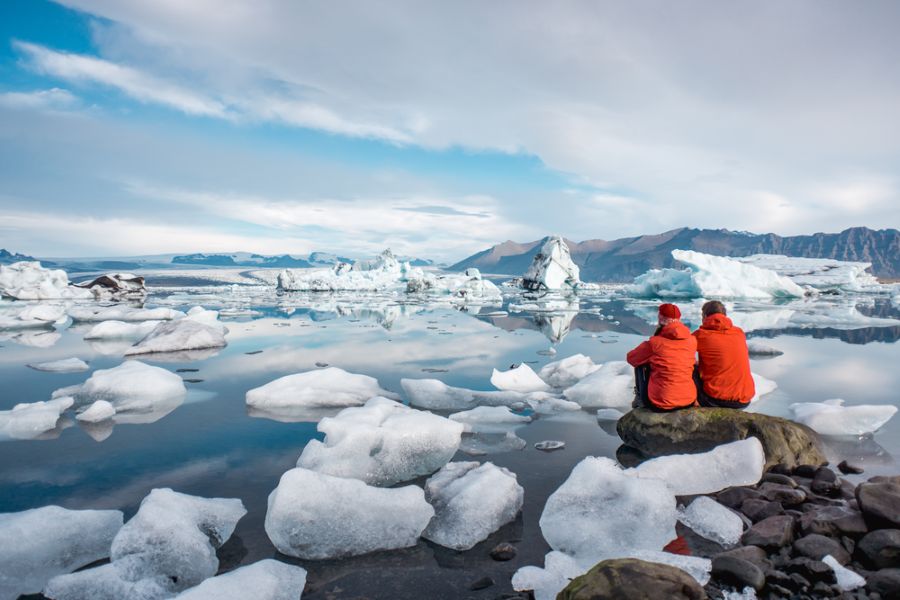
The Ring Road is where you’ll find Iceland’s most famous hot spots—Jökulsárlón glacier lagoon, where icebergs drift out to Diamond Beach, and plenty of bubbling geothermal areas, especially around Lake Mývatn.
The Blue Lagoon isn’t technically on the Ring Road, but it’s close enough for a quick detour. Along the route, natural hot springs pop up everywhere, perfect for a soak with a volcanic view.
The Westfjords don’t have as many glaciers or active volcanoes—these mountains are older and quieter. Instead, you’ll find hidden hot springs tucked into fjords, where you can bathe with nothing but ocean and sky in sight. The whole landscape feels more settled, less raw, compared to the Ring Road’s fresh volcanic drama.
Wildlife and Outdoor Adventures
Iceland’s wildlife experiences and outdoor adventures shift depending on whether you’re on the Ring Road or deep in the Westfjords. Both offer something special, but the vibe and accessibility couldn’t be more different.
Whale Watching and Birdlife
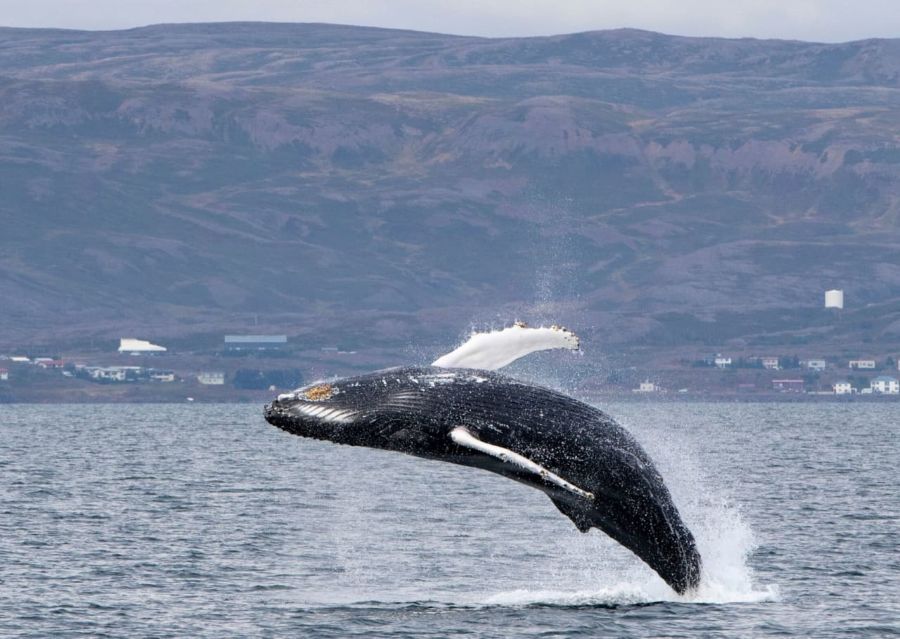
Bird lovers, you’ll flip for the Westfjords. Látrabjarg’s cliffs host millions of seabirds—puffins galore, and they barely flinch if you get close. It’s wild.
The waters here are prime for whale watching, and you won’t have to elbow through crowds. Humpbacks, minkes, sometimes even blue whales—if you’re lucky.
Ring Road options like Húsavík (the so-called whale watching capital) and Akureyri are easier to reach but can get packed in summer. You’ll see similar marine life, but the tours feel a bit more commercial compared to the laid-back Westfjords vibe.
Hiking, Kayaking, and More
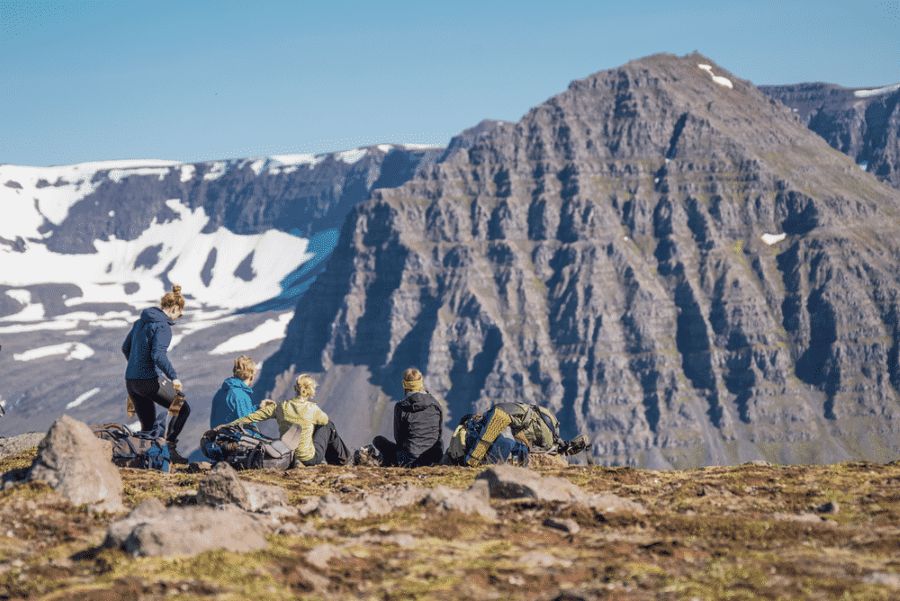
Hiking in the Westfjords is a dream if you crave solitude. Trails wind through dramatic landscapes, and you might not see another soul for hours. Hornstrandir Nature Reserve is the place for hardcore trekkers—multi-day hikes, untouched wilderness, and Arctic foxes darting around.
Kayaking in the fjords is another level. Gliding between mountains, you’ll understand why so many travelers call this their favorite Iceland memory.
The Ring Road caters to a wider crowd. Skaftafell has well-marked trails for all levels, and you can even hop on a horse near Vík if you want to try Icelandic riding.
In winter, the Westfjords turn into a peaceful cross-country skiing haven. Meanwhile, Ring Road areas have more developed spots for downhill skiing and snowmobiling across glaciers.
Weather, Accessibility, and Travel Seasons
When you go to Iceland shapes your whole trip. The Ring Road and Westfjords each throw their own weather curveballs and accessibility quirks, depending on the season.
Best Times to Travel Each Region
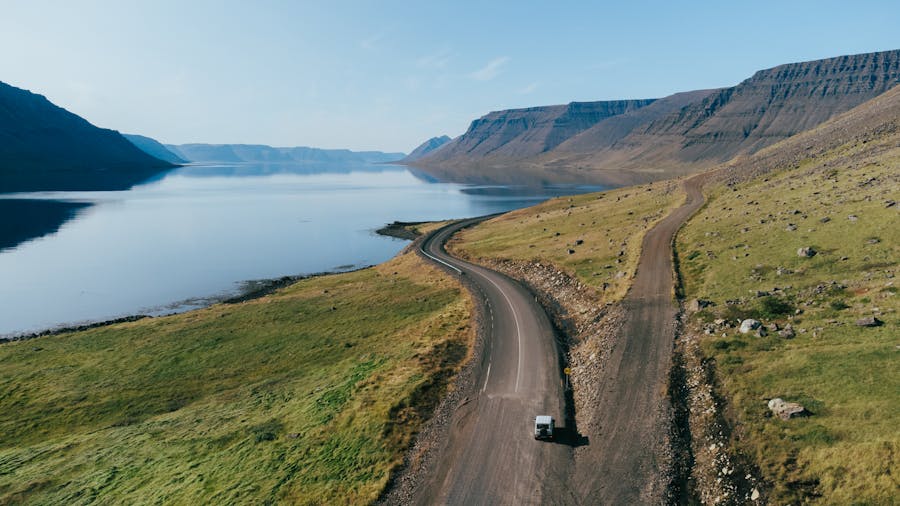
For the Ring Road, summer (June-August) usually means the most reliable conditions. Temperatures hang around 10-15°C (50-59°F), and you get those wild midnight sun nights—up to 24 hours of daylight in June.
This time of year is honestly magical for late-night photo sessions at spots like Seljalandsfoss without the crowds. It’s hard to beat that feeling of having the place to yourself at 2 a.m.
Spring (May) and early fall (September) work pretty well for Ring Road trips too. You’ll dodge most of the tourist rush, prices dip a bit, and the weather stays decent enough.
Oh, and September kicks off Northern Lights season, which is a big deal if that’s on your bucket list.
The Westfjords dance to their own rhythm. This remote region really opens up from June through early September.
Many mountain roads stay closed until late May or early June because of lingering snow. Spring up there means melting snowbanks, but don’t count on every road being open just yet.
Road Conditions and Transportation Tips
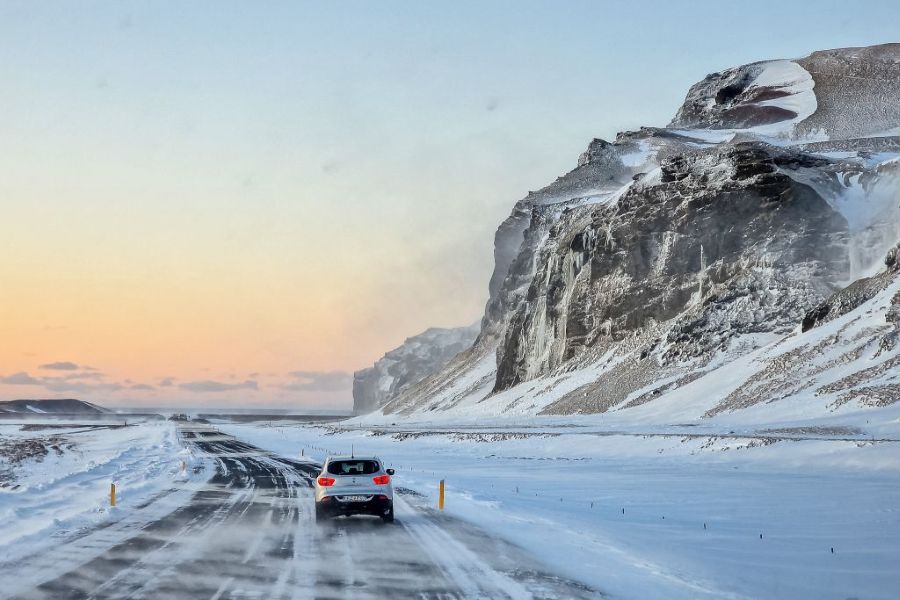
Route 1 (the Ring Road) stays mostly paved and in good shape year-round. In summer, you can get by with a regular 2WD car just fine.
But winter driving (October-April) is a different animal, and I’d absolutely recommend a 4WD with proper winter tires if you’re brave enough to try it then.
The Westfjords? That’s a whole other challenge. You get a lot of unpaved, narrow roads twisting along steep cliffs.
Google Maps will tell you a drive takes two hours, but honestly, add at least 10-15% more time—even on a sunny day.
If you’re exploring the Westfjords, a 4WD is basically a must. Some interior roads (the infamous F-roads) legally require high-clearance 4WD vehicles.
Weather flips fast out there, so check road.is daily for closures and updates. Trust me, it’s worth the extra minute.
Rental car insurance in Iceland almost never covers gravel road damage, which is way too common in the Westfjords. If you’re heading off the Ring Road, consider splurging on that extra protection.
Accommodation and Dining Options
Traveling in Iceland, you’ll notice your choices for sleeping and eating shift a lot between the Ring Road and the Westfjords. The Ring Road is all about convenience and variety, while the Westfjords are more about quirky local gems—fewer in number, but often more memorable.
Hotels, Guesthouses, and Unique Stays
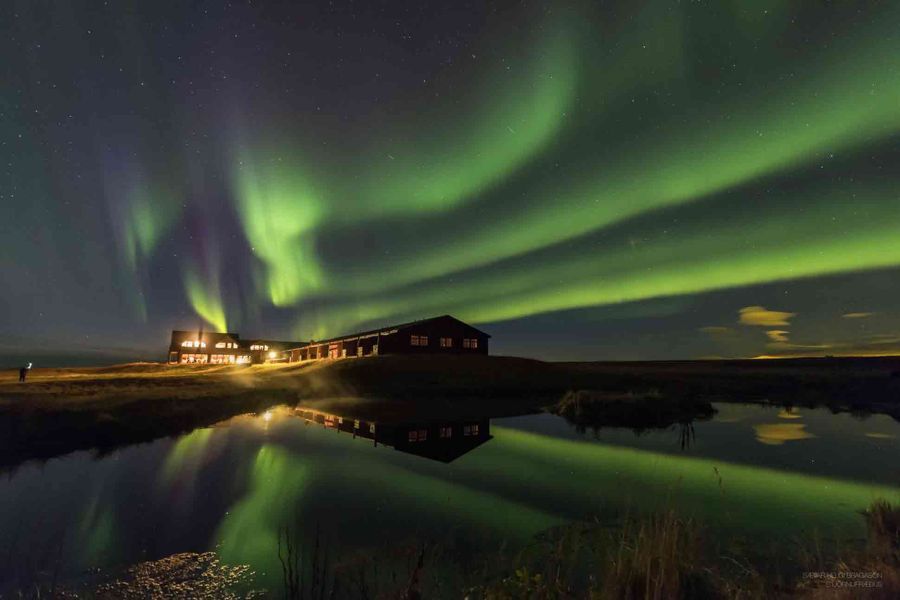
Along the Ring Road, you can find a bed for every budget. Reykjavik has everything from international chains to tiny boutiques and hostels.
The southern section is packed with choices—Hotel Rangá and Fosshotel Glacier Lagoon come to mind if you want luxury and hot tubs with epic views.
In smaller towns, expect family-run guesthouses. These often include breakfast, homemade bread, and local jams—honestly, some of the best mornings I’ve had in Iceland started this way.
The Westfjords keep things simpler but add a ton of character. Picture old fishing shacks turned into cozy guesthouses, farmhouse B&Bs, and the occasional small hotel.
Ísafjörður has the most options up there, but you’ll find some unique stays if you look around. Sleeping in a lighthouse, turf house, or even a bubble hotel under the northern lights? Those experiences are out there if you dig a little.
Local Cuisine and Restaurants
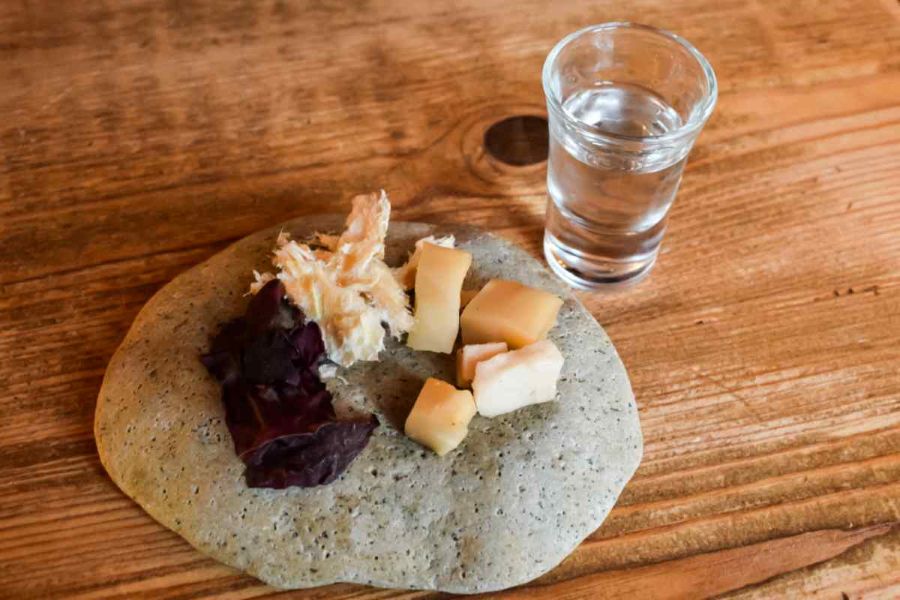
Dining along the Ring Road runs the gamut from fancy to super casual. Reykjavik stands out as the food capital, with spots like Dill (Iceland’s first Michelin star) and Matur og Drykkur doing wild things with traditional recipes.
Outside the city, even N1 gas stations serve up decent food—hot dogs and meat soup are local staples. Most small towns have at least one solid restaurant, usually heavy on fresh fish and lamb.
The Westfjords lean more into authentic local food, but your options are limited. Sometimes you’ll end up eating at your guesthouse or one of just a handful of restaurants in town.
The seafood is another level—often caught that same morning. If you’re feeling adventurous, try fermented shark (hákarl), though I won’t blame you for sticking to skyr or langoustine soup instead.
Photography and Visual Inspiration
Iceland is a photographer’s playground, honestly. The Ring Road and Westfjords both offer wild landscapes that’ll fill your camera roll way too fast.
Iconic Views and Panoramic Spots
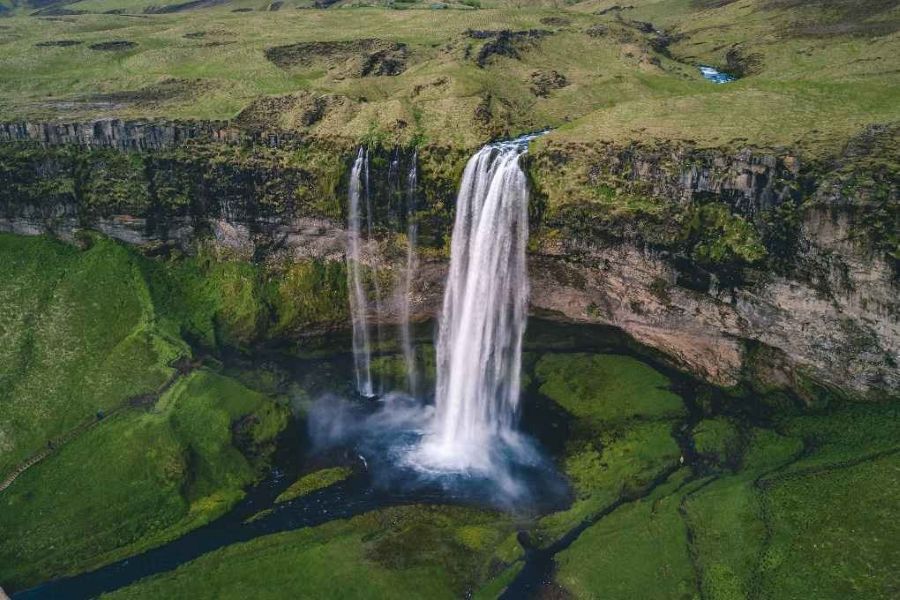
The Ring Road is classic Iceland—think Skógafoss and Seljalandsfoss, where you might catch rainbows if the sun’s out. The black sand beaches at Vík and the icebergs floating at Jökulsárlón Glacier Lagoon are just surreal in person.
The Westfjords feel more untouched, and you’ll probably have fewer people in your shots. Dynjandi waterfall is a must—seven tiers of cascading water, and it’s just massive.
The bird cliffs at Látrabjarg? Puffins everywhere, dramatic ocean backdrops, and a sense of being at the edge of the world.
If you want something different, check out the red sand beach at Rauðasandur. The light changes the sand from gold to deep red as the day goes on—pretty wild for photos.
Golden hour in both regions is pure magic. If you’re into wide landscapes, bring a wide-angle lens for those endless fjord views.
Frequently Asked Questions
Planning a trip to Iceland means choosing between the famous Ring Road and the wild Westfjords. Here are some questions (and a few opinions) to help you figure out which route fits your style.
What are the main differences between traveling the Iceland Ring Road and exploring the Westfjords?
The Ring Road is the easy button—accessible, tourist-friendly, and loops around the whole island. You get the greatest hits: waterfalls, black beaches, glacier lagoons, and plenty of services along the way.
The Westfjords, though, are Iceland’s least visited region. They’re way out there, with fewer tourists, more dramatic scenery, and a sense of isolation you don’t really find elsewhere.
Roads in the Westfjords are rougher—lots of gravel and narrow stretches—while the Ring Road is mostly smooth and paved. That makes the Ring Road much easier for most people to handle in a regular car.
Can I access all the key attractions in the Westfjords without a 4×4 vehicle?
Some main roads in the Westfjords work for regular cars in summer, but honestly, you’ll want a 4×4. There’s a reason people talk about needing a “Happy 4×4 or similar.”
The best viewpoints and natural spots usually require driving rough gravel roads or F-roads, and those aren’t made for standard cars. Weather can also turn quickly, making things trickier than you expect.
If you’re visiting between October and April, a 4×4 isn’t just helpful—it’s essential. Even in summer, the extra clearance and grip give you peace of mind.
How much time should I allocate to sufficiently enjoy the Westfjords in comparison to the Ring Road?
The Westfjords really need at least 5-6 days to do them justice. The Ring Road can be tackled in about 10 days if you keep a steady pace.
If you only have a week, the Ring Road (or even half of it) makes way more sense than trying to rush the Westfjords. Those winding roads and long distances slow you down more than you’d think.
Honestly, to add the Westfjords to a Ring Road trip, you’ll want at least 14-16 days. Anything less and you’ll feel rushed, which kind of defeats the point of going somewhere so remote and beautiful.
What are the unique sights and experiences exclusive to the Westfjords not found along the Ring Road?
The Westfjords shows off Dynjandi, a waterfall that’s both multi-tiered and honestly, a bit jaw-dropping. Some folks swear it’s more impressive—and way less crowded—than anything you’ll see along the Ring Road.
Its water spills down in layers, forming this wild, bridal veil shape. If you ever get the chance, it’s the kind of spot you remember.
Látrabjarg stands as Europe’s largest bird cliff, and it’s a haven for puffin lovers in the summer. You can get surprisingly close to these little birds, which is just fun, even if you aren’t a hardcore birdwatcher.
Plus, these cliffs mark the westernmost edge of both Iceland and Europe. That’s a pretty cool bragging right, right?
Rauðasandur (Red Sand Beach) breaks the mold with its pinkish-golden sand stretching out for miles. It’s a wild contrast to the usual black beaches, and the color seems to shift as the light changes throughout the day.
The Westfjords’ hot pots—those natural hot springs—tend to stay more secluded and, well, real compared to the busier ones near the Ring Road. There’s something about sitting in warm water, staring out at remote fjords, that just feels like stumbling onto a secret.
